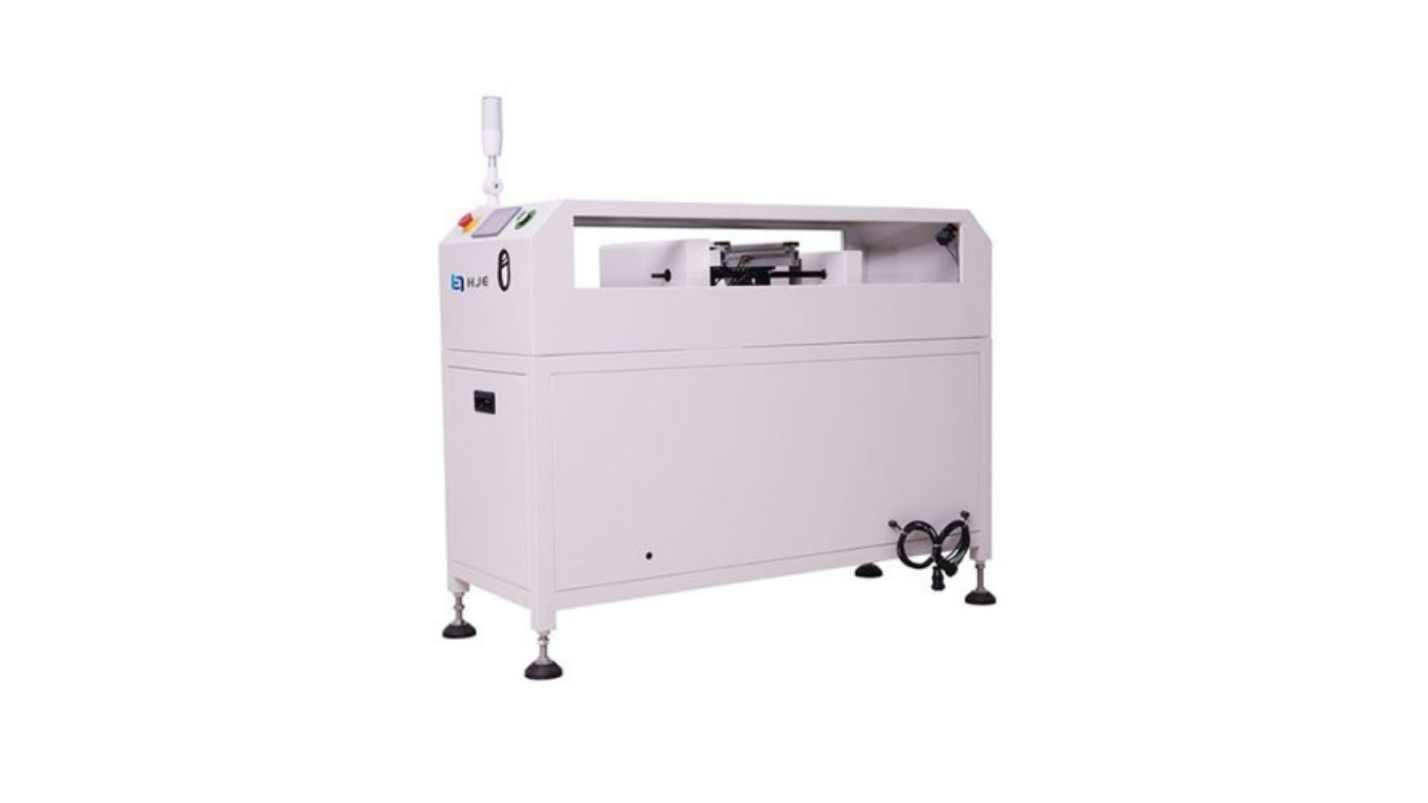
Have you been struggling with bottlenecks in your SMT production line? This might be a sign for you to learn more about how to choose a conveyor system!
Let us help you make a crucial first step.
A well-optimised SMT line depends mainly on how well the board component transfer happens. This is why understanding how to choose conveyor system solutions that align with your workflow can significantly impact overall productivity.
Choosing the conveyor involves evaluating factors such as the board size, transfer direction, cycle time, and available space. With the right choice, your SMT line can be smoother, of high quality, and provide overall greater efficiency.
Keep reading to know more!
How to Choose the Right Conveyor System for an SMT Line?
Below are some points to consider when selecting the conveyor system for the SMT Line.
What are Your PCB Specifications?
The first step is to understand the PCBs you will be handling. Consider their size, weight, and complexity. Small PCBs used for consumer electronics have different requirements than large, heavy boards used in industrial applications.
The conveyor you select must accommodate the largest and heaviest boards without causing jams or misalignment.
What is the Length and Layout of Your Conveyor?
Your conveyor should connect all machines efficiently. Short distances between machines may only need compact conveyors, while longer distances or complex line layouts may require modular or telescopic conveyors.
Proper planning reduces bottlenecks, ensures smooth material flow, and optimizes available floor space.
What are the Types of Conveyor?
Different SMT lines benefit from different types of conveyors:
- Belt Conveyor System: Flexible and reliable for most PCB sizes and weights.
- Chain Conveyor System: Suitable for heavier or larger PCBs that need stable transport.
- Roller Conveyor System: Ideal for inspection or manual handling stations.
- Shuttle Conveyor System: Efficient for transferring PCBs between machines in tight spaces.
Choose the type that matches your production volume, PCB size, and line layout.
How does the Automation and Integration Matter?
Modern SMT lines often rely on automated processes. Make sure your conveyor supports:
- SMEMA Standards: For smooth communication between machines.
- Adjustable Speed Control: To synchronize with pick-and-place and reflow processes.
- Modular Design: To allow future expansions or reconfigurations of the production line.
Automation improves productivity and reduces the risk of human error.
How to Ensure Quality and Maintenance?
Durable materials such as stainless steel or anodized aluminum ensure longevity. Look for conveyors that are easy to maintain, with accessible components for cleaning or repair.
Dust and contamination resistance are particularly important for electronics production environments.
Final Thoughts
Understanding how to choose conveyor system options tailored to your production goals ensures optimal flow, reduced downtime, and higher yield. Your choice will be directly impacting the performance and efficiency of your SMT line. With advanced solutions like a shuttle conveyor system, companies gain the flexibility to manage multi-line setups and enable faster board transfers with minimal human intervention.
A well-planned conveyor layout not only enhances coordination between machines but also strengthens quality assurance and process consistency. Make the right choice with HJE Tech India PVT. LTD.
The Right Conveyor System for Your SMT Line in India
At HJE Tech, we provide advanced SMT machines in India, including conveyor systems designed to match your production needs. Our team ensures every conveyor integrates seamlessly with your line, supporting efficiency, precision, and long-term reliability.
Get high-quality PCB assembly solutions in India. Get in touch with us!
FAQs on Choosing a Conveyor System for SMT Lines
Why is choosing the right conveyor system important for an SMT line?
A conveyor system ensures smooth movement of PCBs between machines, maintains production efficiency, and reduces the risk of defects. The right conveyor system supports consistent throughput and integrates seamlessly with your SMT equipment.
What factors should I consider when selecting a conveyor system?
Key factors include PCB size and weight, production volume, line layout, conveyor type (belt, chain, roller, or shuttle), automation needs, and maintenance requirements. Choosing based on these ensures reliability and efficiency.
What role does automation play in conveyor selection?
Automation allows for synchronized operation with other SMT machines, adjustable speeds, and SMEMA-compliant communication. Automated conveyors improve productivity, reduce human error, and make high-volume production more efficient.
How do I ensure my conveyor system works well with my existing SMT machines?
Look for SMEMA-compatible systems with adjustable speeds and proper alignment features. Consulting with experienced SMT solution providers helps ensure seamless integration.
